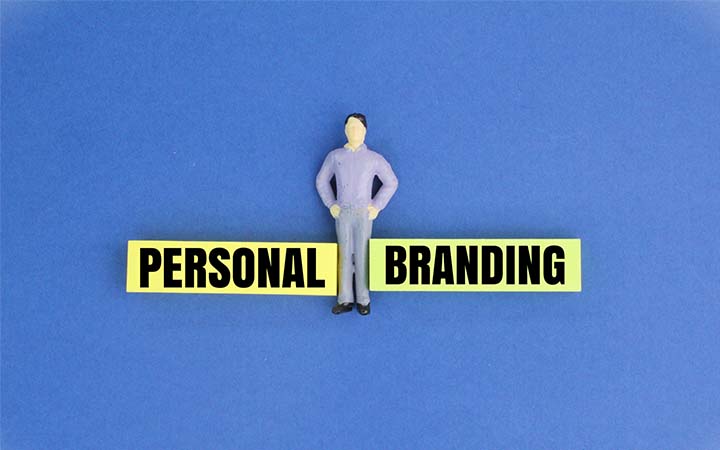Personal Branding

What is branding?
My parents like to tell a story from my childhood. When I was a toddler they would always buy me a Hot Wheels toy car, those little things that were maybe 2 inches long, when we would go to the store for something. When we would pass the toy aisle, I would see the blue packaging and the flame that said their brand name and I’d yell, “Hot Wheels!”
Now, I was only three years old at the time so I wasn’t old enough to read. I could barely see the cars in the toy aisle. But when I saw that blue packaging and the little orange/red flame, it meant something to me. When I saw those colors, I knew it meant something good, they created positive vibes in me, they made me think of positive memories.
My parents would sometimes buy me a Hot Wheels car. Even just as a reward for being willing to go to the store with them. I would associate the fun and enjoyment of the car with the blue and orange brand colors.
That is branding.
When your brand is able to generate emotions, thoughts, and even memories in a consumer that makes them want your product or service, your branding is working. Advertising is no longer really needed to gain this consumer but rather to be a consistent reminder and show them new products and services. This consumer is your greatest consumer.
A brand is anything—a logo, design, name, sounds/jingles, reputation, reputation, emotion, employees, customer service, tone, and much more—that separates your brand from another. With the example of the Hot Wheels, the flame became part of the brand. The bright orange-red separated their product from all other toy cars and they’re a recognizable symbol, especially with kids.
Branding on a business-level is common, but today branding is becoming just as important on a personal level. After all, you might work for a business that works with other businesses, but its people working with people and that’s what makes business relationships valuable.
What is personal branding?
Journalist and author Tom Peters coined the term “personal branding” in his 1997 article “The Brand Called You”, which he wrote for Fast Company. Personal branding, by definition, is the way, or process, in which we market ourselves to the world. When you think of yourself as a brand, you will be able to utilize and implement the same strategies that celebrities or professional brands use.
Developing a personal brand has a similar process for branding a product or service. The overall goal with branding is to set yourself apart (you = the product) in the market so you can attain your objectives, be those landing your dream job or becoming a famous singer. The process includes defining your brand and brand attributes, positioning your brand in a different way than your competitors, and then managing all aspects of your personal brand.
The biggest issue I see when it comes to personal branding is when there is not enough strategizing. There’s an old saying, “Ready, aim, fire,” but when it comes to personal branding, but many people try “Fire, ready, aim.” This way of creating your personal brand, even for a professional manner, will result in many failed attempts. While failure does lead to success, you can’t create another first impression with people. Your branding needs to be perfect right from the start.
Personal branding is not about selling a façade; it’s about showing the world who you really are and why you’re memorable.
Think about branding like this: your personal brand is what people say about you when you’re not there to correct them, defend yourself, or sway their opinion. It is a big component of Top Of Mind Awareness, or TOMA. TOMA is what someone thinks about a brand when that brand first comes to mind. By using good personal branding techniques and tools, you can control the message your personal brand says to others and gain maximum exposure in your area of expertise. What do I mean by “niche”? In the world of personal branding, your niche is your specialized section of your field.
Your brand is your personal reputation – the combination of personal attributes, values, statements, strengths, and passions you draw from that separate your unique promise of value from your competitors.
It’s up to you to identify those qualities and characteristics within you, integrate your competitive advantage into all the things you do, and communicate a consistent message across all channels – online and offline – designed to resonate with your target market.
